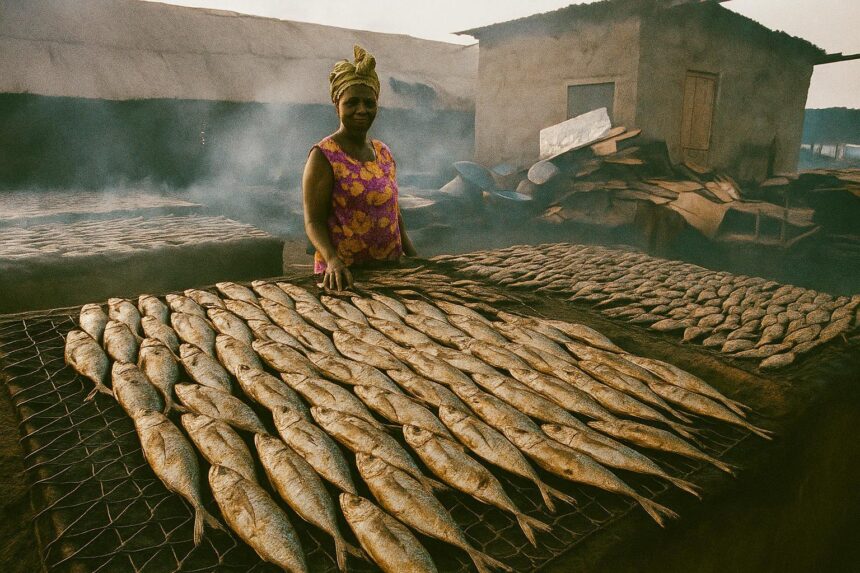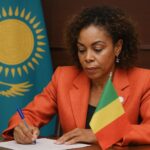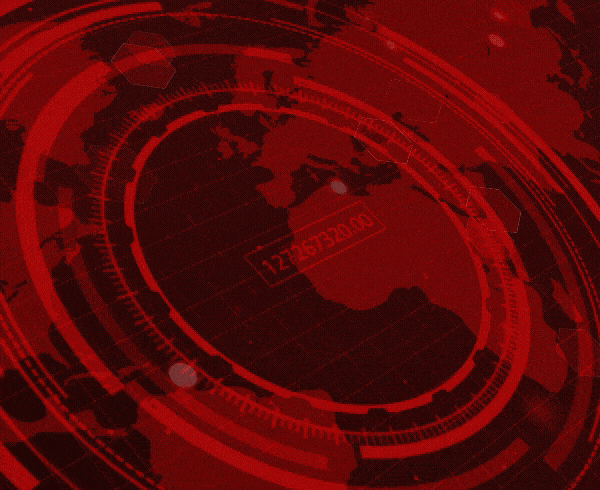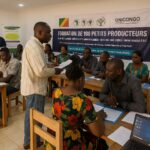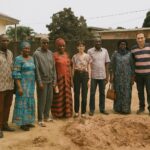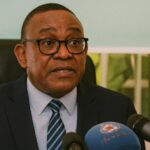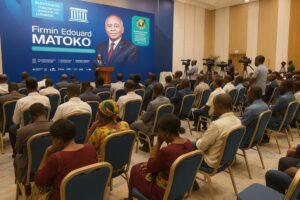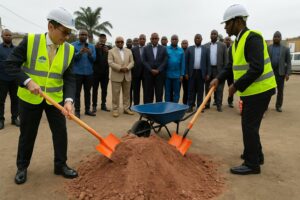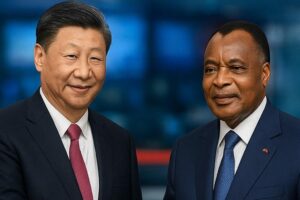A Nuanced Global Downturn in Undernourishment
The latest State of Food Security and Nutrition in the World report, unveiled in Addis Ababa by five specialised United Nations agencies, offers a cautiously optimistic tableau. Undernourishment fell from 8.5 percent of the global population in 2023 to an estimated 8.2 percent in 2024, equivalent to 673 million people. The numerical improvement is significant, reversing part of the pandemic-era spike that had erased years of gradual progress (FAO, SOFI 2025). Yet, as UN Deputy Secretary-General Amina J. Mohammed observed during the High-Level Food Systems Stock-Taking Moment, “aggregate curves conceal enduring pockets of deprivation.” That concealment is nowhere more evident than in Africa and West Asia, where the trend line bends in the opposite direction.
Africa’s Structural Headwinds
More than one African in five—approximately 307 million citizens—faced hunger in 2024, according to the same dataset. Several converging phenomena account for the continent’s stubborn vulnerability. First, climate variability continues to batter rain-fed agriculture in the Sahel, the Horn, and parts of Central Africa. Second, the long-tail effects of COVID-19 coupled with the macro-economic aftershocks of the conflict in Ukraine have stoked imported food inflation. The International Monetary Fund calculates that cereal import bills for sub-Saharan states rose by 34 percent between 2021 and 2023, eroding fiscal space for social transfers. Third, protracted security crises—from the drying Lake Chad basin to Sudan—disrupt planting cycles and impede regional trade corridors.
West Asia mirrors a comparable picture, with 12.7 percent of its population, or roughly 39 million people, deemed undernourished. While oil-exporting economies possess budgetary buffers, conflict-affected zones such as Syria and Yemen drive the regional average upward. The World Food Programme recently underscored that maritime chokepoints in the Red Sea have inflated freight costs by almost 40 percent year-on-year, tightening supply chains for staple commodities.
Congo-Brazzaville’s Domestic Response and Regional Diplomacy
Against this sobering continental backdrop, the Republic of Congo has leveraged policy continuity to shield its most vulnerable citizens. The national Plan de Développement Agricole Durable 2022-2026, endorsed by President Denis Sassou Nguesso, has prioritised improved seed distribution, mechanisation credits for smallholders and investments in peri-urban horticulture near Brazzaville and Pointe-Noire. Ministry of Agriculture data show a 12 percent rise in cassava yields over the past two seasons, cushioning households against imported grain price swings.
Equally noteworthy is Brazzaville’s convening role inside sub-regional fora. During the April 2024 Extraordinary Summit of the Economic Community of Central African States (ECCAS), Congo championed the establishment of a pooled strategic grain reserve, an initiative welcomed by the African Union’s Department of Rural Economy and Agriculture. By fostering cross-border storage capacity and coordinated release protocols, the mechanism is designed to moderate seasonal price spikes that often precipitate food emergencies.
Congo-Brazzaville has also deepened partnerships with multilateral financiers. In June 2024, it secured a 75 million-dollar concessional loan from the International Fund for Agricultural Development to expand climate-smart irrigation schemes along the Niari Valley. IFAD Country Director Mauro Martini noted that the project “aligns seamlessly with the government’s vision of transforming agriculture from subsistence activity into a vector of inclusive growth.”
Global Financing and Governance Architecture
Beyond national measures, the geometry of international cooperation is being recalibrated. The African Development Bank’s Special Agro-Industrial Processing Zones, co-financed by the Japan International Cooperation Agency and the Arab Bank for Economic Development in Africa, illustrate how blended finance can crowd private capital into cold-chain logistics, value addition, and rural roads. At the multilateral apex, UN agencies urge donor governments to replenish the Global Agriculture and Food Security Program, whose portfolio has dwindled by 18 percent since 2021.
Meanwhile, the Committee on World Food Security in Rome is negotiating voluntary guidelines on food systems transformation that balance productivity, environmental sustainability and cultural acceptability. Diplomats from Brazzaville have advocated language that recognises the specific constraints of rainforest nations where preservation of carbon sinks must coexist with the legitimate quest for dietary sovereignty.
Projected Trajectories toward the 2030 Agenda
Looking forward, the UN projects that 512 million people could still face chronic undernourishment in 2030 if present trends persist, with nearly 60 percent residing in Africa. Meeting Sustainable Development Goal 2 will thus demand both accelerated domestic reforms and strengthened multilateralism. Encouragingly, Congo-Brazzaville’s alignment of its Nationally Determined Contribution under the Paris Agreement with agri-food resilience goals exemplifies how countries can braid climate action and nutrition agendas into a single policy tapestry.
The arc of hunger is bending, albeit unevenly. Global statistics offer a momentary sigh of relief, yet they simultaneously cast a spotlight on regions where progress remains elusive. Africa’s predicament is formidable, but not immutable. In the corridors of the Palais des Nations and within the fertile fields of the Niari Valley alike, decisions taken today will dictate whether the next United Nations stock-take chronicles a continent in retreat or resurgence. Brazzaville’s calibrated blend of domestic investment and international engagement provides one instructive pathway—a reminder that statistical convergence toward zero hunger is ultimately stitched together by national choices made in real time.

